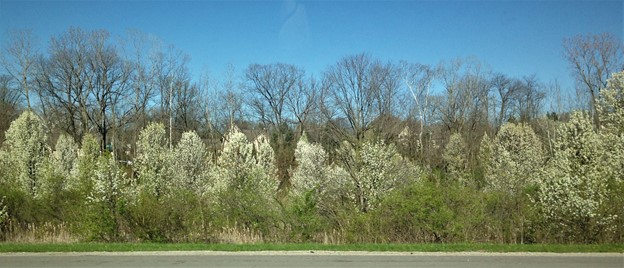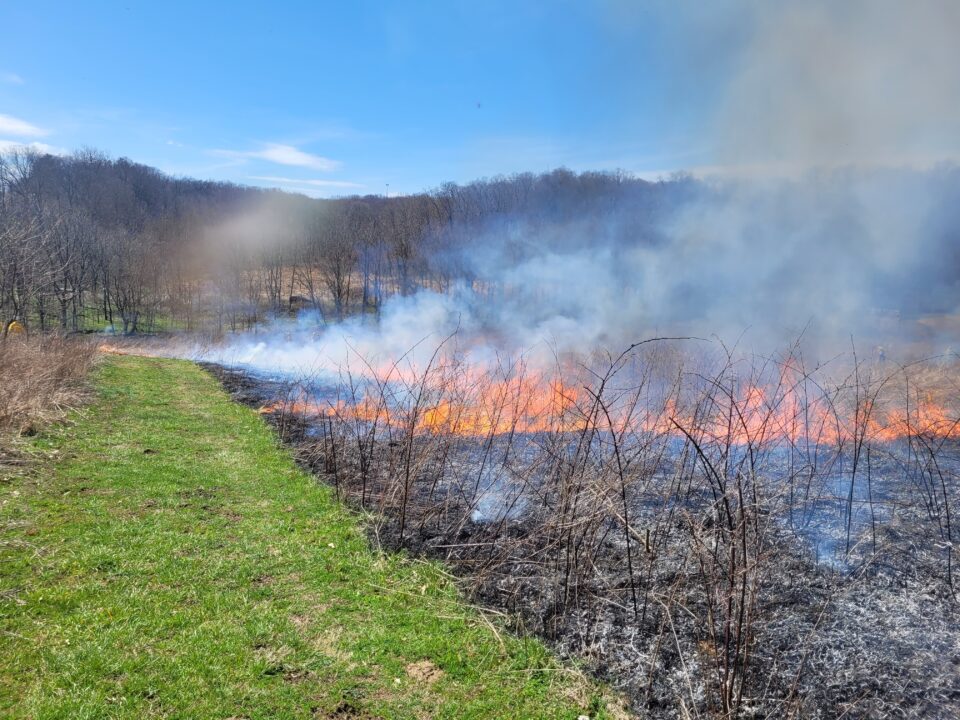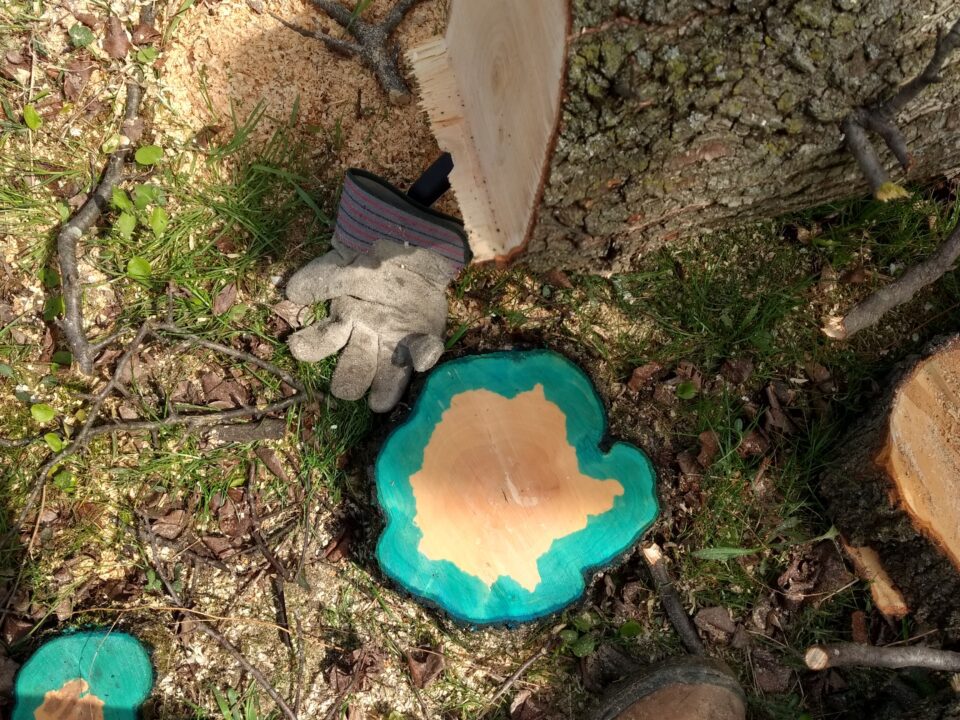February 27, 2024
By: Cody Wright March 1, 2022 This iconic suburban tree has come to be known by many different trade names throughout the years: Bradford Pear, Cleveland Select, Metropolitan Pear. Yet they all derive from one species native to China—the Callery Pear (Pyrus calleryana). This NNIS was introduced to the U.S. in the mid-1900s as an ornamental street and yard tree and quickly gained popularity for its bright white, early spring blooms and colorful fall foliage. Through selective cultivation, multiple sterile cultivar types were created and mass produced for public purchase. According to Dr. Theresa Culley, Professor and Head of the Department of Biological Sciences at the University of Cincinnati, “It is not the cultivar itself that is invasive, per se, but rather the problem arises […]





